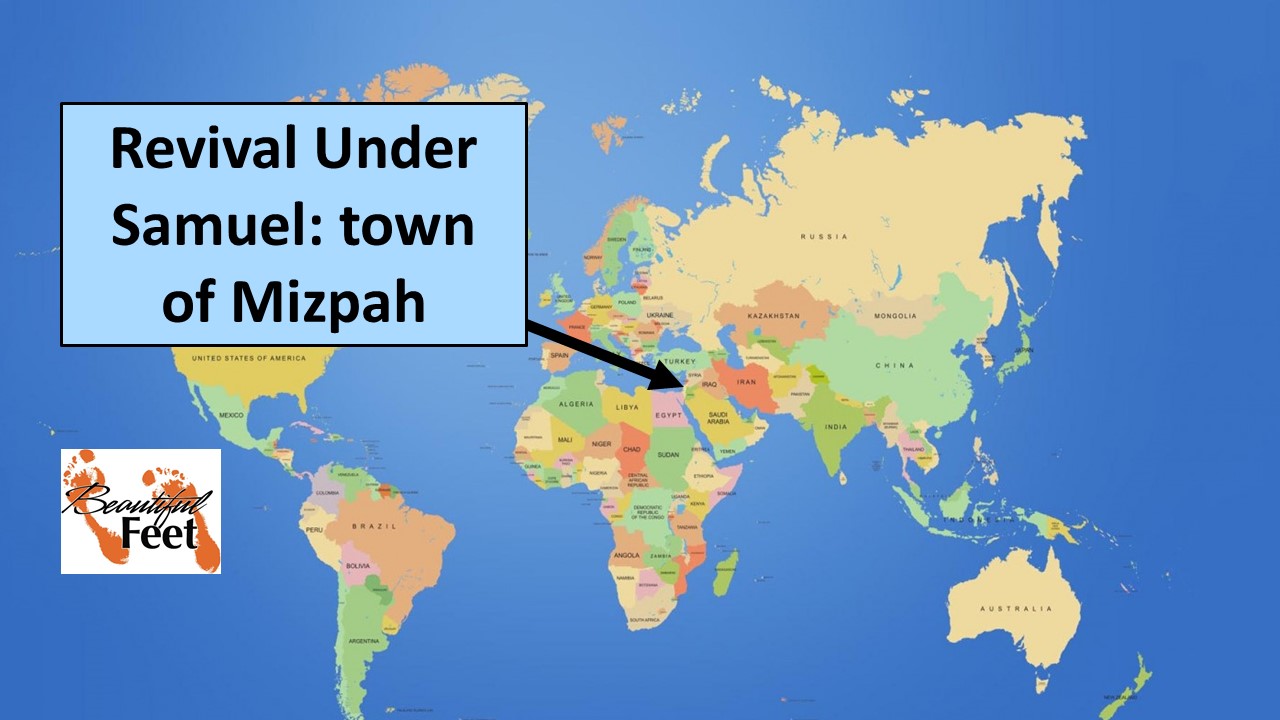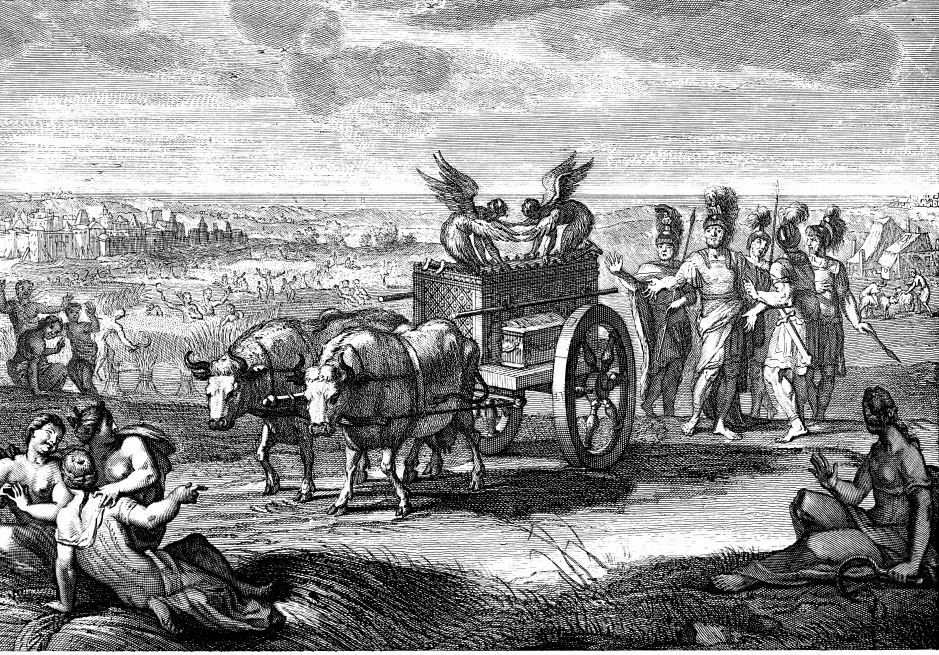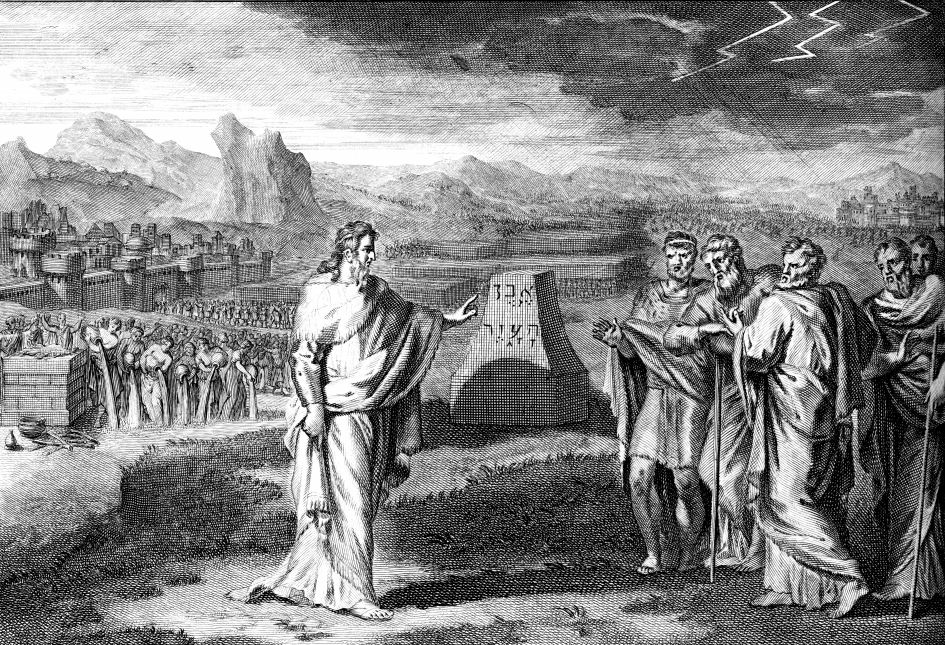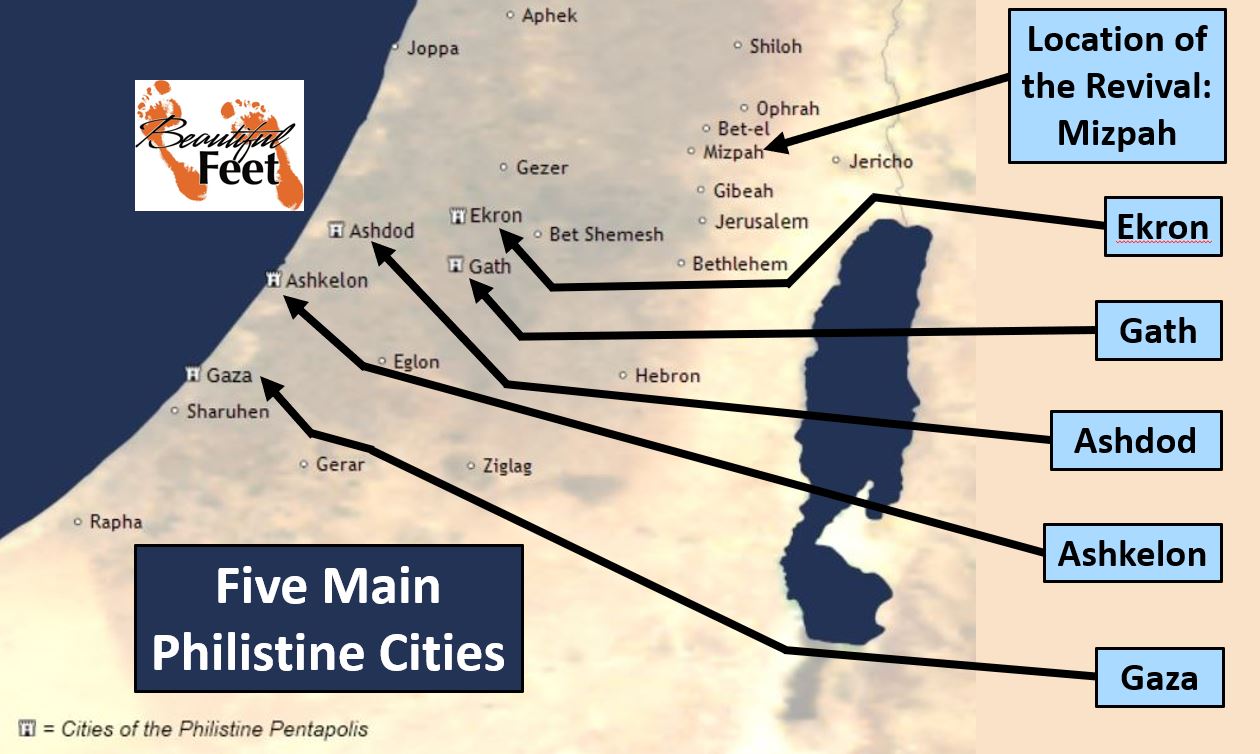

Introduction
After Israel’s Exodus from Egypt, they slowly made their way over to the eastern side of the Jordan River, and under Joshua’s leadership they crossed that river into the promised land in April of 1422 B.C. The current story we have documented occurred in 1074 B.C., when the nation of Israel had been living in the promised land for approximately 348 years.
Israel was now being led by judges (no king yet) and had been going through cycles of revivals. When the Israelites would get desperate due to marauders from surrounding nations who were pillaging their property and food, as well as enemies carrying off their people as slaves, and at times some nations oppressing them with heavy taxation, the people of Israel began to call out to God for deliverance. God would then raise up a deliverer who would lead the people back to Himself, via
1. Confession of their sins
2. Destruction of idols—repentance
3. Restoration of the worship of Jehovah
These steps would then lead to the return of God’s favor, and they would once again enjoy freedom from foreign oppression. Throughout all of 1 Samuel, and into 2 Samuel, the Israelites were being oppressed by the Philistines.

Five Philistine kings returning the Ark of the Covenant
What Happened
Beginning in 1 Samuel chapter 4, Israel was defeated in two battles with the Philistines. The cost of lives was 34,000 Israeli soldiers. An additional blow to the morale of the nation was that in the second battle with the Philistines the Ark of the Covenant, which was the symbol of God’s presence and protection over the nation of Israel, had been captured.
In chapters 5 and 6 of 1 Samuel, we see the judgment of God that fell upon the Philistines for taking the Ark of the Covenant. The judgment involved a plague of mice and tumors, which led to not only death, but also panic sweeping through the Philistine cities for seven months (1 Samuel 6:1).
In their desperation to be free from the plagues, the Philistine rulers sent the Ark of the Covenant back to Israel with a guilt offering (1 Samuel 6:2-4), being loaded on a cart and pulled by two cows (1 Samuel 6:10-11).
The Ark eventually made its way to Kiriath-Jearim, where it remained for twenty years (1 Samuel 7:1-2).

Locations mentioned in 1 Samuel 7 (right click on image to open in new tab for better view)
What Happened
Even as a young man of about 20 years old, Samuel had been established as a prophet in Israel, carrying tremendous respect from all the people.
As Samuel grew up, the Lord was with him, and everything Samuel said proved to be reliable. And all Israel, from Dan in the north to Beersheba in the south, knew that Samuel was confirmed as a prophet of the Lord. The Lord continued to appear at Shiloh and gave messages to Samuel there at the Tabernacle (1 Samuel 3:19-20).
Twenty years later, when Samuel might have been around 40 years old, he was the person the Lord used to rally the nation in its return to the worship of Jehovah. Samuel told the people that they could be free from the oppression of the Philistines, if they would:
1. “Return to the Lord with all your hearts.”
2. “Get rid of your foreign gods and your images of Ashtoreth.”
3. “Turn your hearts to the Lord.”
4. “Obey him alone.” (1 Samuel 7:3)
In response to Samuel’s plea for the nation to repent, the people obeyed, getting rid of the images of Baal and Ashtoreth, and worshiped only the Lord (1 Samuel 7:4).
Consecration of the Nation at Mizpah
To confirm the oath the nation was making to serve and worship the Lord only, Samuel told them to gather at Mizpah, and it was there that they drew up very valuable water from a well, and poured it out on the ground as a drink offering and fasted all day (1 Samuel 7:5-6).

Left: Lamb sacrifice and water being poured out.
Center: Ebenezer stone
Center foreground: Samuel preaching repentance
Right background: Voice of God thundering from heaven

Philistine Threat Renewed
Philistine scouts had evidently learned that Israel was gathering at Mizpah, and in response, they assembled their army and went there. Israel had been oppressed by the Philistines for 20 years, and there was evidently an order forbidding such large assemblies. To stamp out the assumed insurrection attempt, the Philistine army made their way to Mizpah.
When the Israelites learned of the approaching army, they were terrified and begged Samuel to pray for them. Samuel took a lamb and offered it as a sacrifice to God, and in response,
Just as Samuel was sacrificing the burnt offering, the Philistines arrived to attack Israel. But the Lord spoke with a mighty voice of thunder from heaven that day, and the Philistines were thrown into such confusion that the Israelites defeated them. The men of Israel chased them from Mizpah to a place below Beth-car, slaughtering them all along the way (1 Samuel 7:10-11).
Result of the Revival
The obedience to Samuel’s call to repentance led to the end of Philistine domination throughout the remaining years of Samuel’s life. There was also a recapturing of the land and towns that had been taken over by the Philistines many years earlier (1 Samuel 7:13-14).
Note the memorial stone that was set up, to always remind the people of the help God provided them. The stone was named “Ebenezer” which means “the stone of help.”
Return to List of Revival Stories
Chet & Phyllis Swearingen:
Office: (260) 920-8248
romans1015@outlook.com
Beautiful Feet
P.O. Box 915
Auburn, IN 46706

